The classic black and white coloration of penguins has long captured human imagination, earning these flightless birds the nickname of “nature’s gentlemen in tuxedos.” While their distinctive appearance might seem like a charming coincidence, the penguin’s iconic coloration is actually a masterpiece of evolutionary adaptation that has helped these remarkable birds thrive in some of Earth’s most challenging environments. From the icy shores of Antarctica to the temperate coasts of South America, penguins’ tuxedo-like plumage serves multiple crucial functions that enhance their survival. This fascinating example of natural engineering showcases how evolution shapes species to perfectly suit their ecological niches through seemingly simple but remarkably effective adaptations.
The Evolutionary Purpose of Countershading
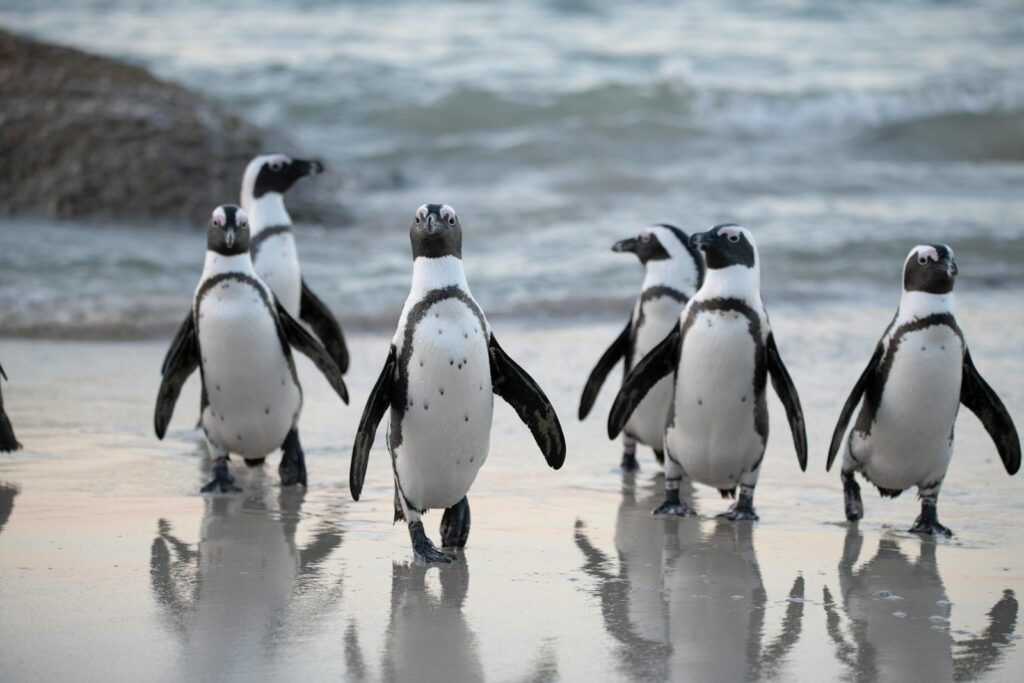
The penguin’s distinctive black and white pattern represents a perfect example of countershading, one of nature’s most effective camouflage strategies. When viewed from above by predators like leopard seals or killer whales, the penguin’s black back blends seamlessly with the dark depths of the ocean below. Conversely, when viewed from underneath by potential prey or predators, their white bellies match the bright surface waters illuminated by sunlight. This ingenious dual camouflage strategy significantly reduces the penguin’s visible contrast in water, creating a visual effect that helps disguise their silhouette from both directions. Countershading represents a textbook case of convergent evolution, having independently developed in numerous marine animals including sharks, dolphins, and many fish species that face similar predation pressures and hunting challenges.
Thermal Regulation in Harsh Environments
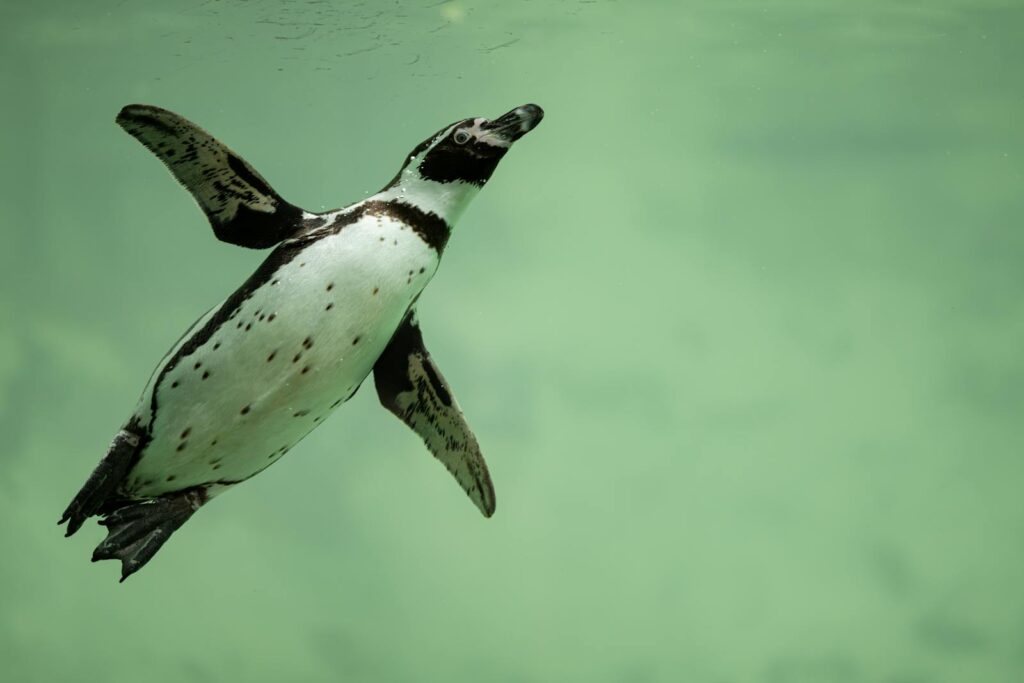
The coloration of penguin plumage plays a crucial role in the birds’ ability to regulate body temperature in extremely cold environments. Dark feathers absorb more solar radiation than light ones, allowing penguins to capture valuable heat from the sun when they need to warm up. Scientists have observed that during cold conditions, penguins often position themselves with their black backs toward the sun to maximize heat absorption. The dark pigmentation contains melanin, which not only creates the black coloration but also strengthens feathers against wear and provides protection from the harsh Antarctic UV radiation. This thermal adaptation is particularly important for species living in the Southern Ocean and Antarctica, where temperatures can plummet far below freezing and efficient heat management becomes a matter of survival.
Social Recognition and Communication
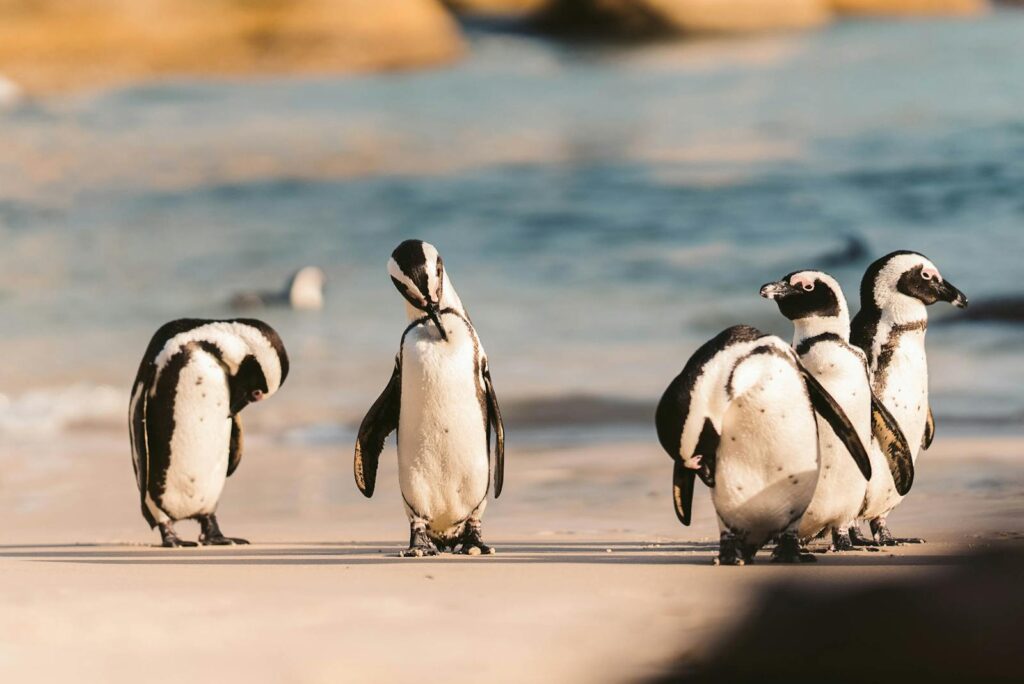
Beyond camouflage and thermal benefits, the distinctive black and white pattern helps penguins identify each other within densely packed colonies that can number in the thousands or even millions of birds. Each penguin species has subtle variations in their facial markings, chest patterns, and the distribution of black and white areas that serve as visual identification markers. These distinguishing features help mates find one another after returning from hunting trips at sea, which is essential for successful breeding and chick-rearing. Researchers have documented that penguins can recognize their mates and chicks among thousands of nearly identical-looking birds, partly due to these visual cues combined with vocal recognition. This remarkable ability for social recognition maintains the complex social structure necessary for penguin colony success.
The Science of Melanin in Penguin Feathers
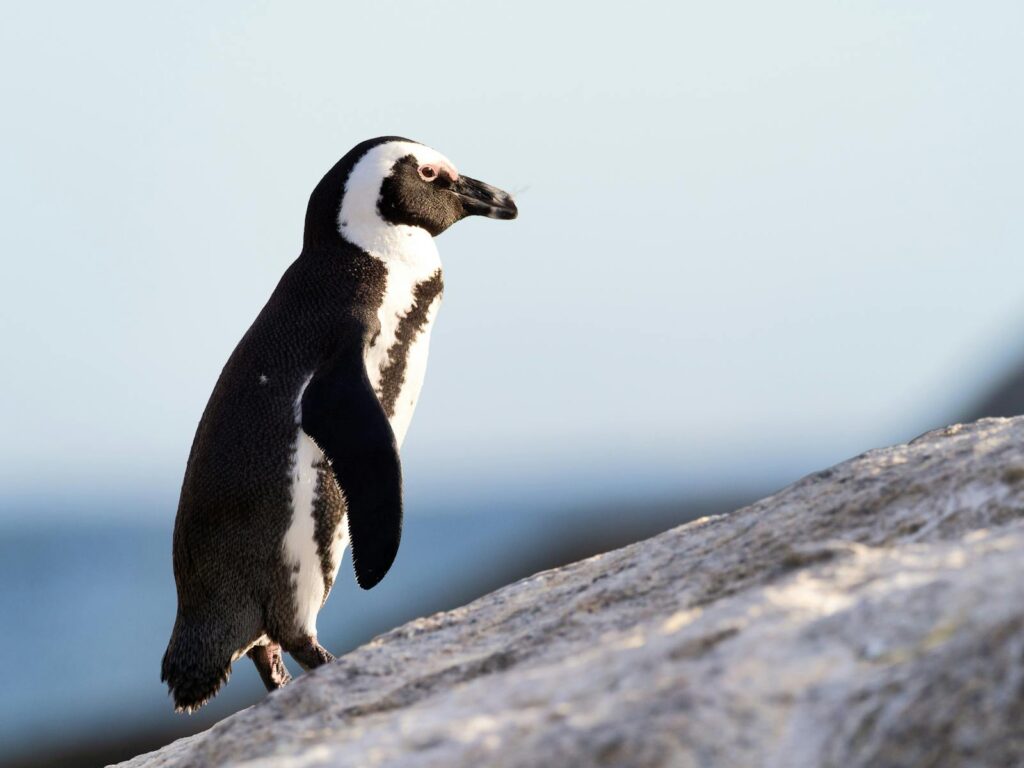
The black portions of a penguin’s tuxedo derive their color from melanin, the same pigment responsible for dark coloration in human skin and hair. Melanin serves multiple crucial functions beyond creating the distinctive black coloration, including strengthening feathers against the abrasive effects of wind, water, and ice. Research has shown that melanin-rich feathers are significantly more resistant to wear and damage than white feathers, which helps explain why the parts of the penguin most exposed to environmental stressors—the back, wings, and head—are darker. Additionally, melanin protects against harmful ultraviolet radiation, which can be particularly intense in Antarctica due to the ozone hole that develops seasonally above the region. The strategic distribution of melanin in penguin plumage represents a remarkable balance between protective function and the camouflage benefits of countershading.
Species Variations in the “Tuxedo” Pattern
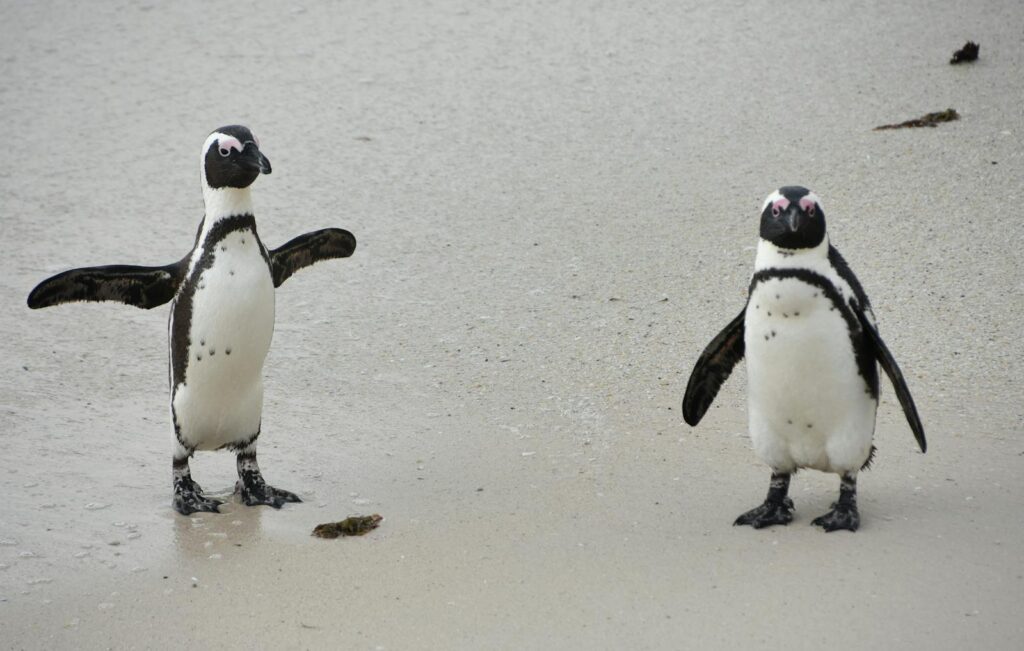
While all penguin species share the basic black-and-white countershading pattern, fascinating variations exist across the 18 recognized penguin species. Emperor and King penguins display distinctive yellow-orange patches on their neck and chest areas, adding a splash of color to their formal attire. Rockhopper and Macaroni penguins sport dramatic yellow crest feathers that erupt from their heads like wild hairdos, completely breaking the tuxedo metaphor. The Chinstrap penguin gets its name from the narrow black band that runs under its chin, giving the appearance of wearing a thin helmet strap. The Galápagos penguin, living near the equator, has a more reduced black pattern that may reflect adaptations to warmer temperatures where heat absorption is less beneficial and could even become problematic.
The Mystery of Blue Penguins
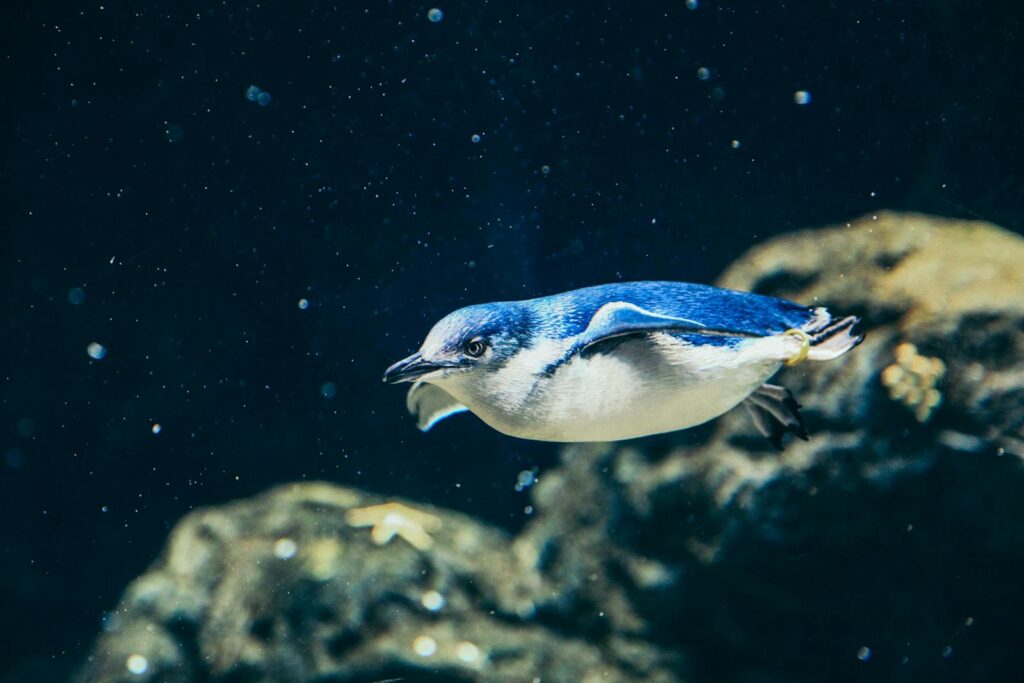
The Little Blue Penguin, also known as the Fairy Penguin, represents a fascinating deviation from the standard penguin color scheme with its distinctly blue-gray dorsal plumage instead of the typical black. Scientists believe this unique coloration results from the structural properties of their feathers rather than pigmentation alone, similar to how blue jay feathers achieve their color. The blue appearance comes from the way light scatters through specialized feather structures, creating what’s known as a structural color rather than a pigment-based one. These smallest of all penguins, standing just about 13 inches tall, inhabit coastal areas of southern Australia and New Zealand, where their unusual coloration may provide specific camouflage advantages in their particular marine environment. The evolutionary divergence of this coloration pattern remains an active area of research among ornithologists studying penguin adaptation.
The Fossil Record of Penguin Coloration
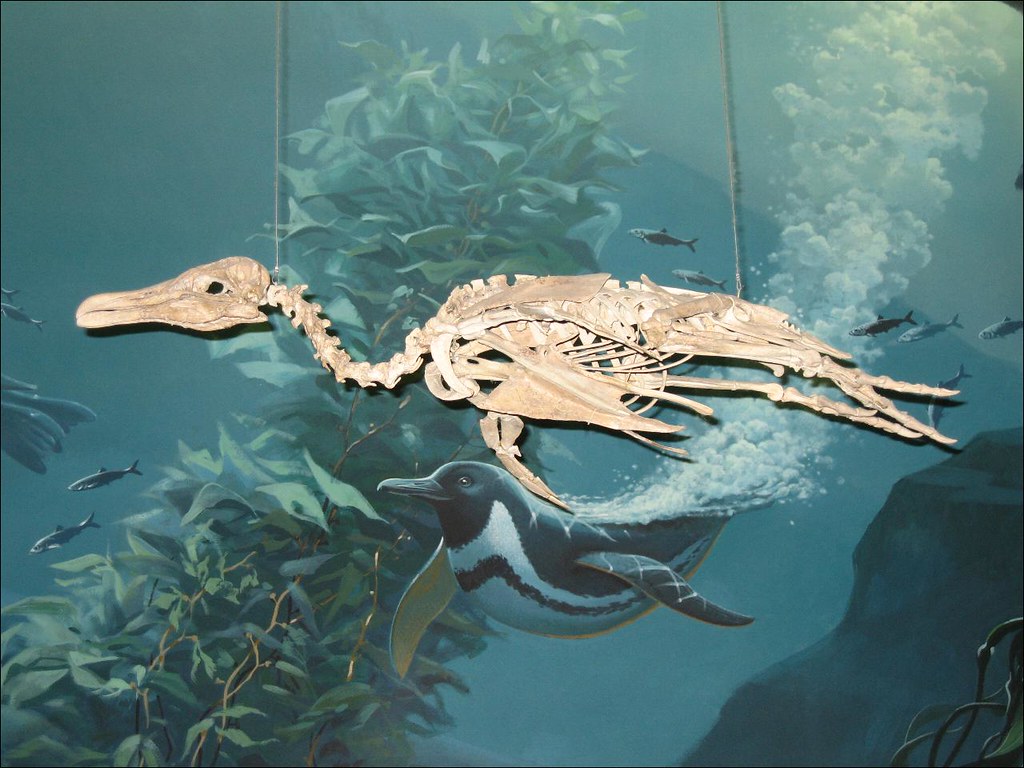
Studying the coloration of ancient penguins presents significant challenges for paleontologists since feather pigmentation rarely survives in the fossil record. However, groundbreaking research in recent years has revealed fossilized melanosomes—the cellular structures containing melanin—in exceptionally well-preserved penguin fossils dating back millions of years. These discoveries suggest that ancient giant penguins, some standing over 5 feet tall, already displayed the characteristic countershaded pattern seen in modern species. One remarkable fossil from Peru, approximately 36 million years old, contained evidence of both dark and light feather areas, indicating that the basic tuxedo pattern was established early in penguin evolution. This finding suggests the survival advantages of countershading have remained constant despite dramatic changes in penguin size and habitat over evolutionary time.
Underwater Camouflage Effectiveness
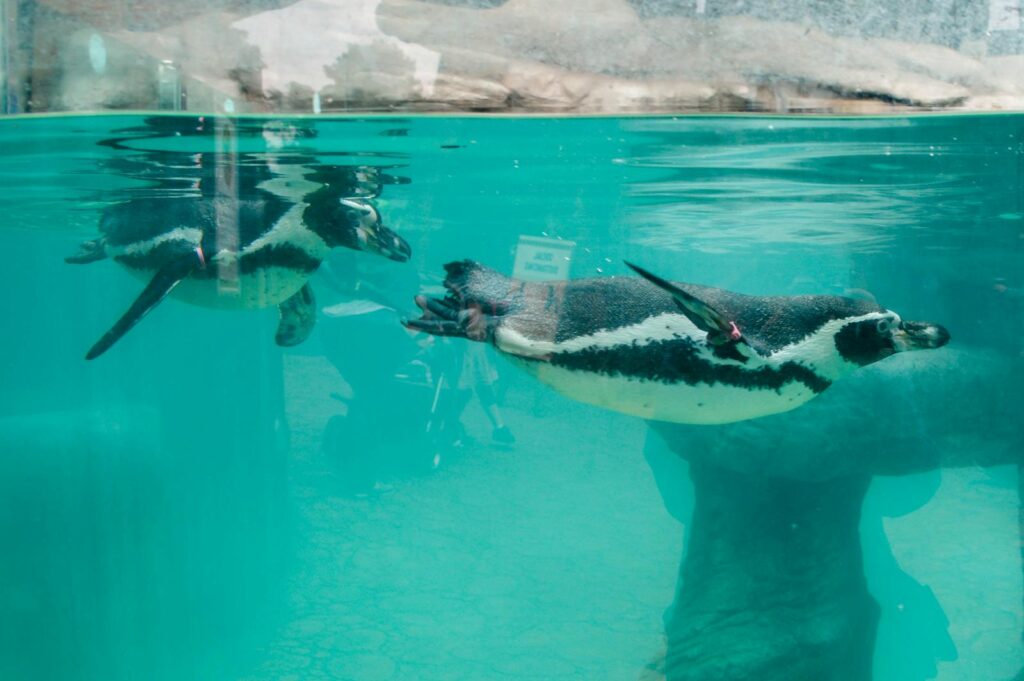
The penguin’s countershading pattern proves remarkably effective in the ocean environment where these birds spend much of their lives hunting for food. Scientific studies using underwater photography and predator vision modeling have demonstrated that the contrast reduction achieved by white ventral (belly) coloration can decrease detection distances by up to 80% compared to uniformly colored animals. This camouflage works through a principle called “self-shadow concealment,” where the naturally darker shadow cast on the underside of an animal swimming near the surface is counteracted by the lighter coloration. Experiments with model penguins in various coloration patterns confirm that the standard tuxedo arrangement provides optimal camouflage from both above and below in typical ocean lighting conditions. This sophisticated camouflage system allows penguins to both avoid predation and approach prey without detection, significantly enhancing their survival and hunting success.
Molt: Renewing the Tuxedo
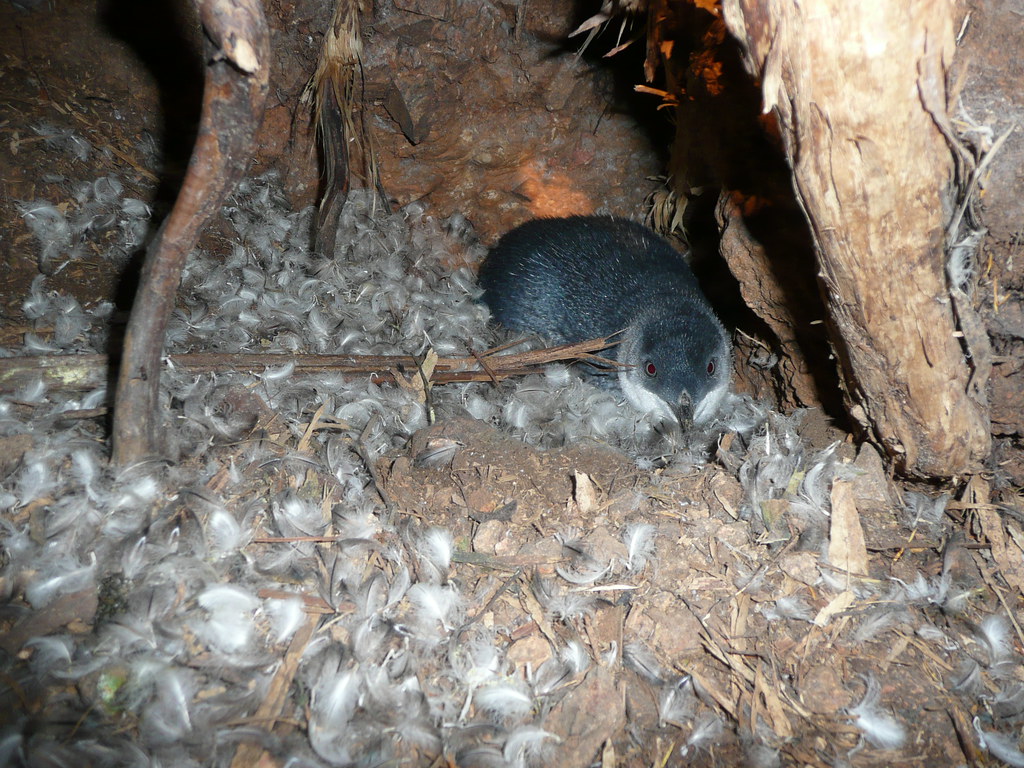
Unlike many birds that replace feathers gradually throughout the year, penguins undergo a dramatic complete molt annually, essentially replacing their entire tuxedo at once. This process, called catastrophic molt, requires penguins to remain on land for several weeks while they shed their old feathers and grow new ones. During this vulnerable period, penguins cannot enter the water as their insulation would be compromised, so they fast and live off stored body fat, often losing up to half their body weight. The newly grown feathers restore the pristine black and white pattern that may have faded or become damaged over the years of hard use in harsh environments. The molting process represents a significant investment of energy but ensures the penguin’s countershading and thermal regulation capabilities remain optimally effective for survival.
Cultural Significance of the Penguin’s Appearance
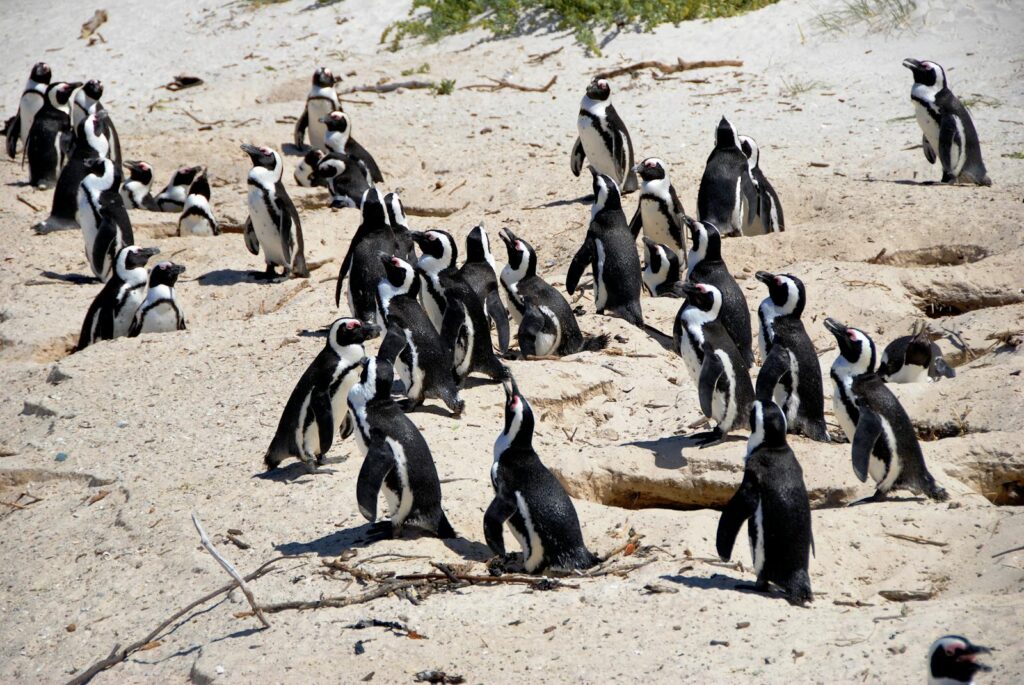
The penguin’s formal-looking black and white pattern has made these birds cultural icons far beyond scientific interest, appearing in everything from children’s books to major films. The anthropomorphic quality of penguins “dressed” in what appears to be formal attire has made them particularly appealing in human culture, with characters like Wheezy from Toy Story, the Penguin villain from Batman, and the stars of films like Happy Feet and March of the Penguins capturing public imagination. Corporate mascots like the penguin used by Original Penguin clothing and the Linux operating system take advantage of the bird’s dignified appearance to convey reliability and sophistication. Conservation efforts for threatened penguin species have benefited from this positive cultural association, as people tend to feel more connected to animals that seem to mirror human characteristics or fashion sensibilities.
Climate Change and Penguin Coloration
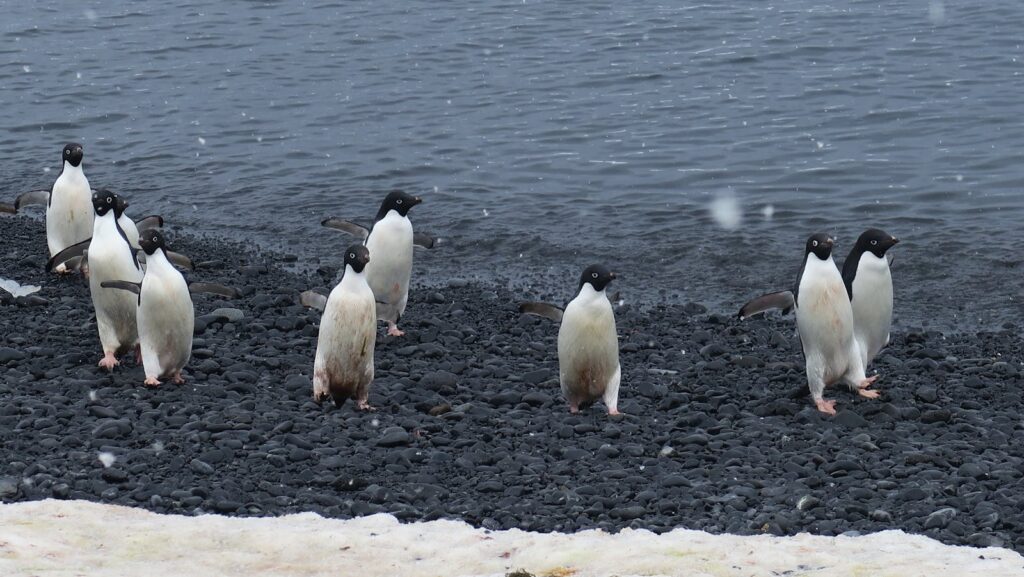
As climate change alters the environments where penguins live, scientists are studying whether their distinctive coloration pattern might become less advantageous in changing conditions. For species that rely on sea ice, like Emperor penguins, the contrast between their dark backs and white ice provides crucial camouflage from predators when on land or ice. As sea ice diminishes, these penguins may become more visible to predators like skuas and giant petrels that threaten their eggs and chicks. Additionally, warming ocean temperatures affect water clarity and light penetration, potentially altering the effectiveness of underwater countershading. Some researchers hypothesize that species with more flexibility in their habitat use and less specialized coloration patterns may prove more adaptable to changing conditions than those with highly specialized adaptations to stable, predictable environments.
Artificial Selection and Captive Penguins
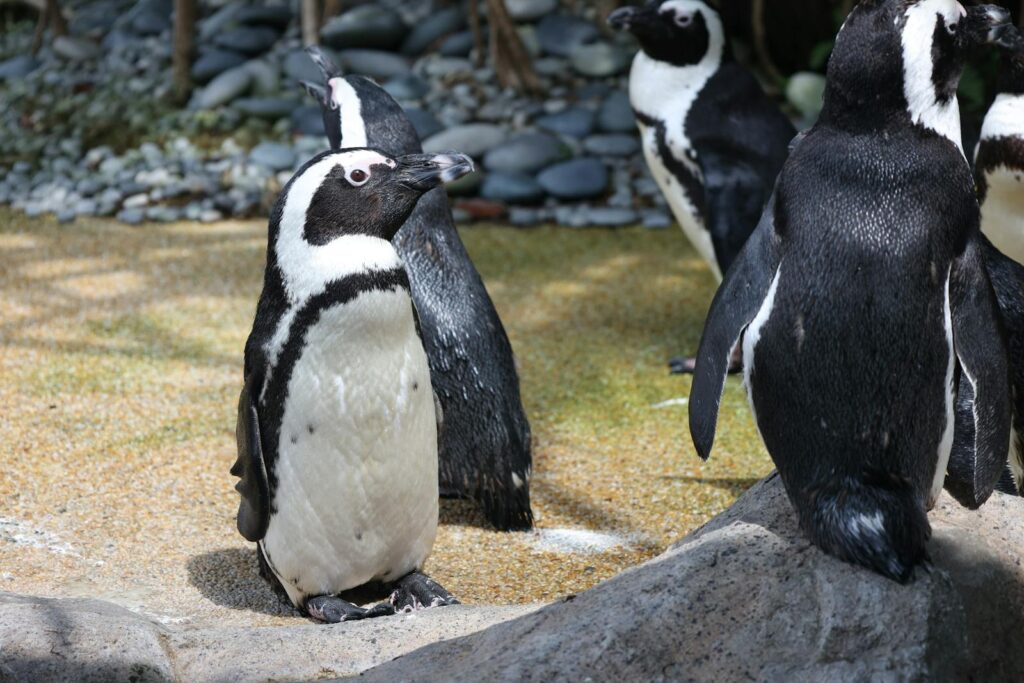
Captive breeding programs in zoos and aquariums maintain careful genetic management to preserve the natural coloration patterns of penguin species. Unlike many domesticated animals that have developed color variations through selective breeding, penguin conservation programs specifically avoid selecting for unusual color traits that might appear in captivity. Albinism and leucism—conditions that reduce melanin production and create unusually pale birds—occasionally occur in both wild and captive populations but are generally considered disadvantageous for survival in natural conditions. Zoos report that visitors are particularly drawn to penguins because of their distinctive formal appearance, making these birds excellent ambassadors for marine conservation education. The universal appeal of the penguin’s tuxedo pattern creates opportunities for conservationists to engage the public in broader discussions about marine ecosystem protection and climate change impacts.
Conclusion
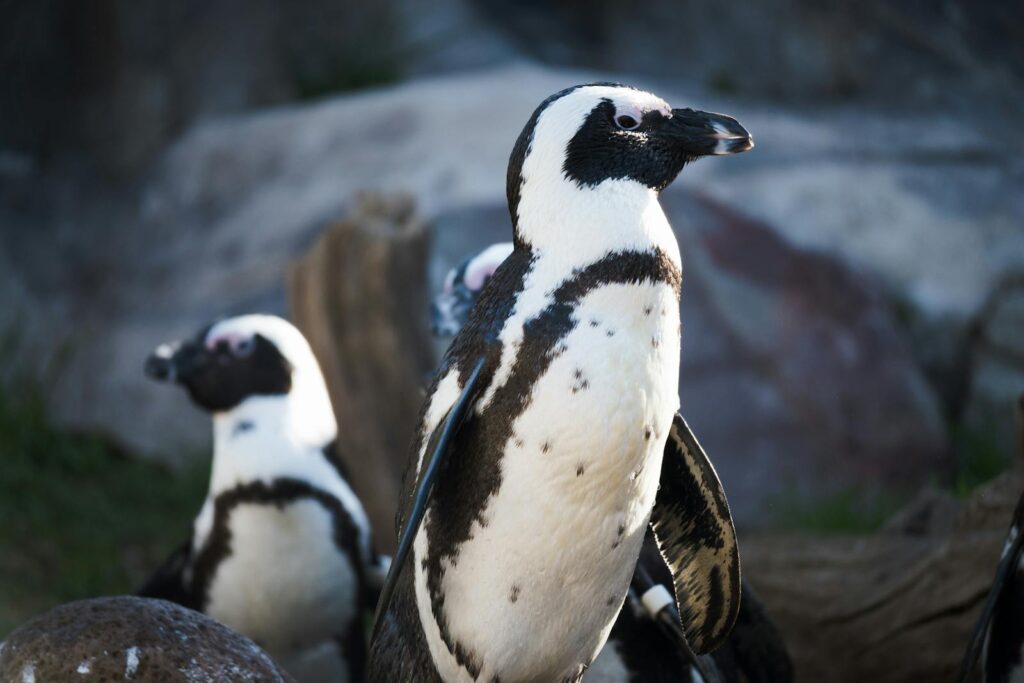
The penguin’s tuxedo is far more than an amusing coincidence that makes these birds appear dressed for a formal event. Their distinctive black and white pattern represents a sophisticated multipurpose adaptation that simultaneously provides camouflage, thermal regulation, UV protection, and social signaling capabilities. This elegant solution to multiple environmental challenges demonstrates the remarkable efficiency of natural selection in producing adaptations that serve multiple functions simultaneously. As we face growing concerns about the future of penguin populations in changing environments, understanding the functional significance of their iconic appearance helps highlight how specialized adaptations that evolved over millions of years can become vulnerabilities when environments change rapidly. The secret behind the penguin’s tuxedo ultimately reveals nature’s extraordinary design capabilities—creating solutions that are as beautiful as they are practical.
